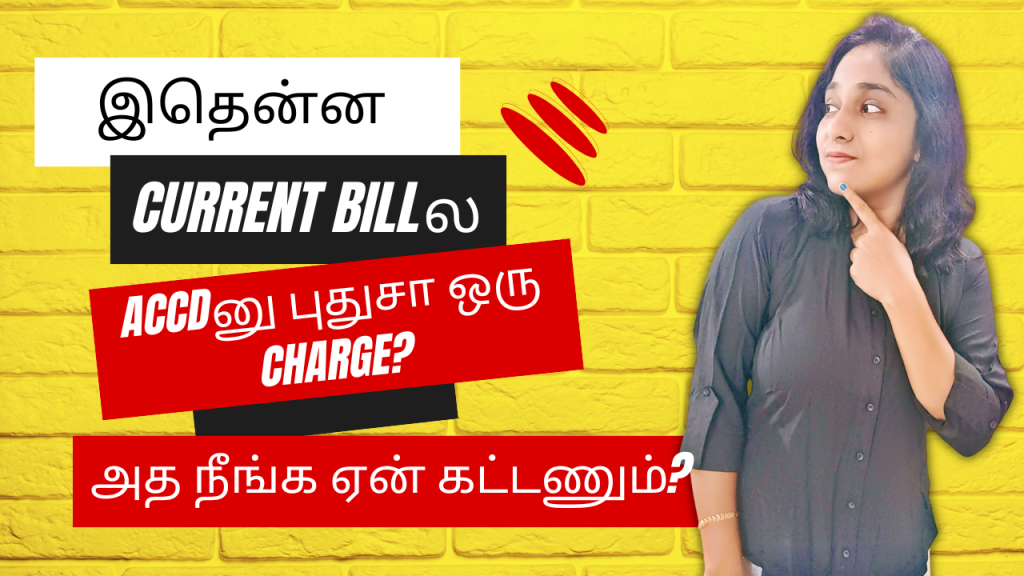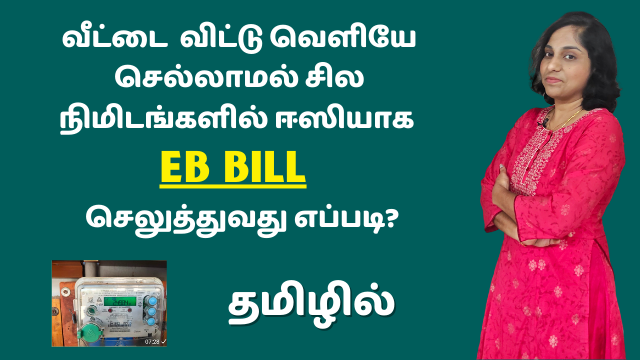
In Tamil Nadu, ACCD stands for Additional Current Consumption Deposit. It is a refundable deposit that is collected by the Tamil Nadu Electricity Board (TNEB) from all electricity consumers. The amount of ACCD is calculated based on the consumer’s annual power usage. The ACCD is intended to ensure that TNEB has sufficient funds to cover the cost of supplying electricity to its customers.
The ACCD is reviewed twice yearly for low-tension users and once yearly for high-tension users. If the consumer’s actual power usage is less than the amount of ACCD that has been paid, the difference will be refunded to the consumer. If the consumer’s actual power usage is more than the amount of ACCD that has been paid, the consumer will be required to pay the additional amount.
The ACCD is a refundable deposit, which means that the consumer will eventually get their money back. However, it can take several months or even years for the ACCD to be refunded.
Here are some of the benefits of paying ACCD:
- It ensures that TNEB has sufficient funds to cover the cost of supplying electricity to its customers.
- It helps to prevent electricity theft.
- It can help to reduce the amount of paperwork that is required when a consumer changes their electricity supplier.
If you are a new electricity customer in Tamil Nadu, you will be required to pay ACCD when you apply for a new connection. If you are an existing electricity customer, you may be required to pay ACCD if your power usage increases significantly.





Leave a Reply